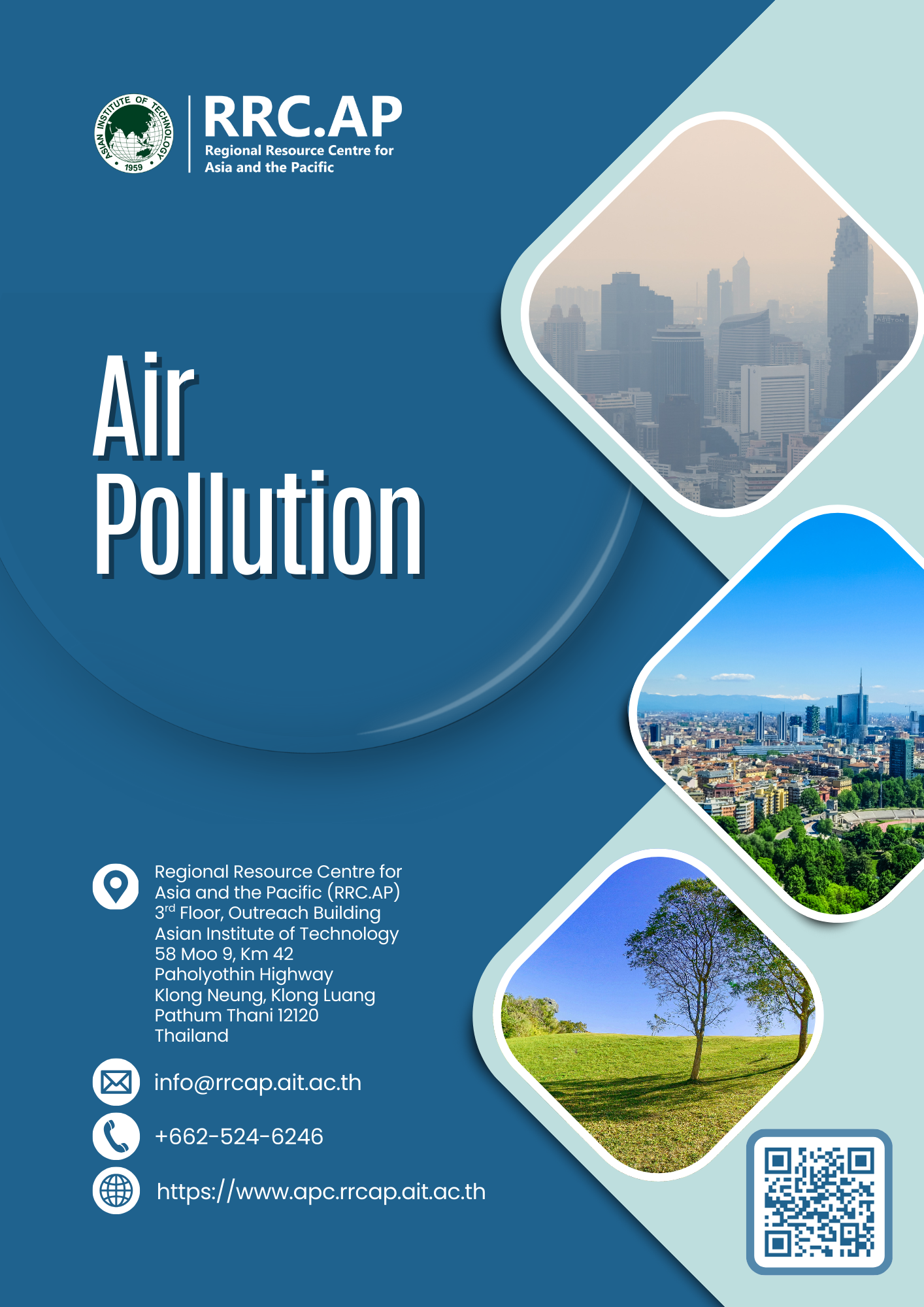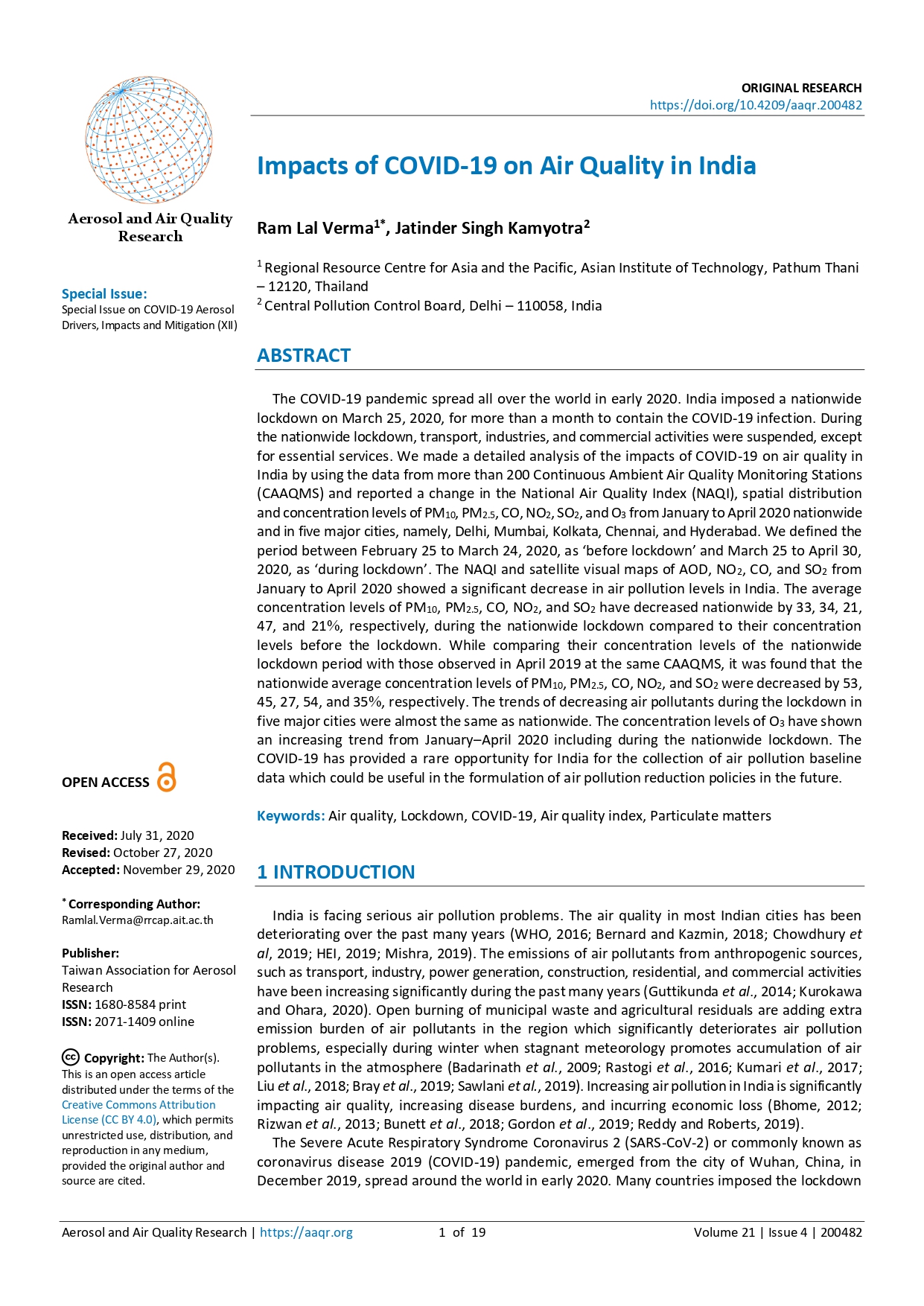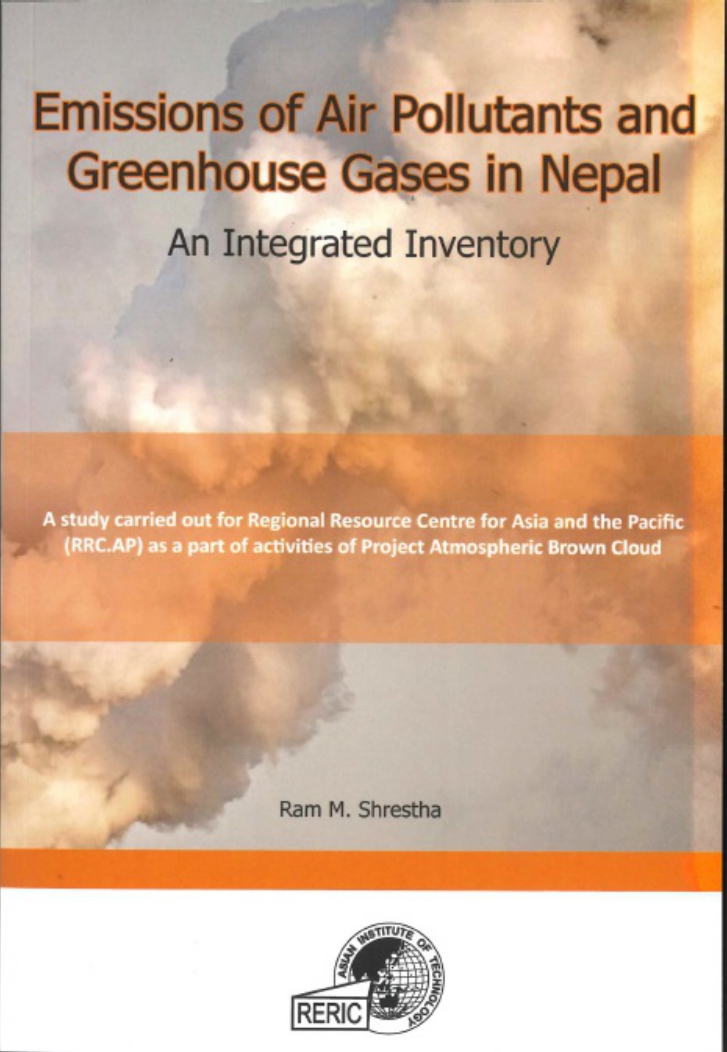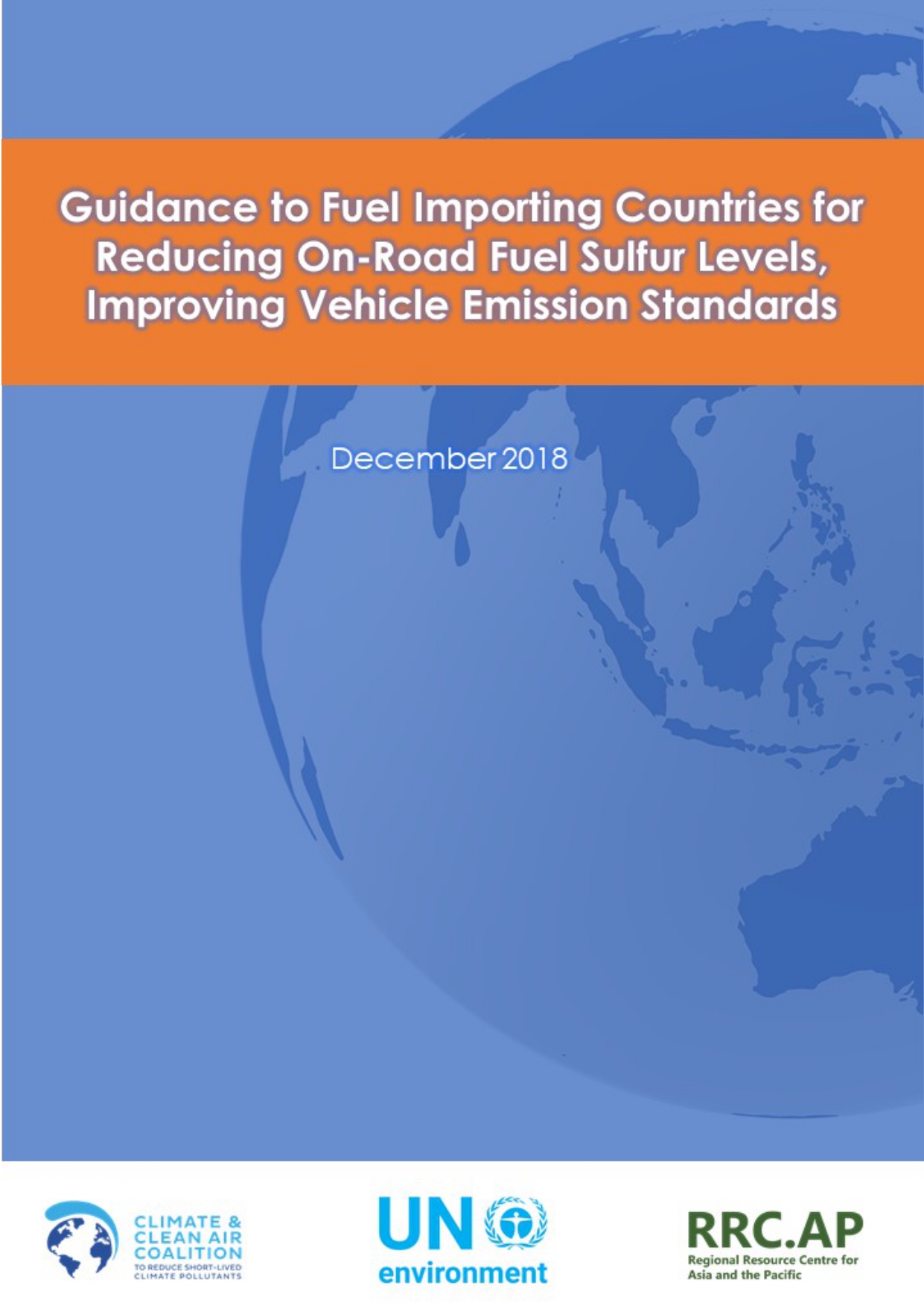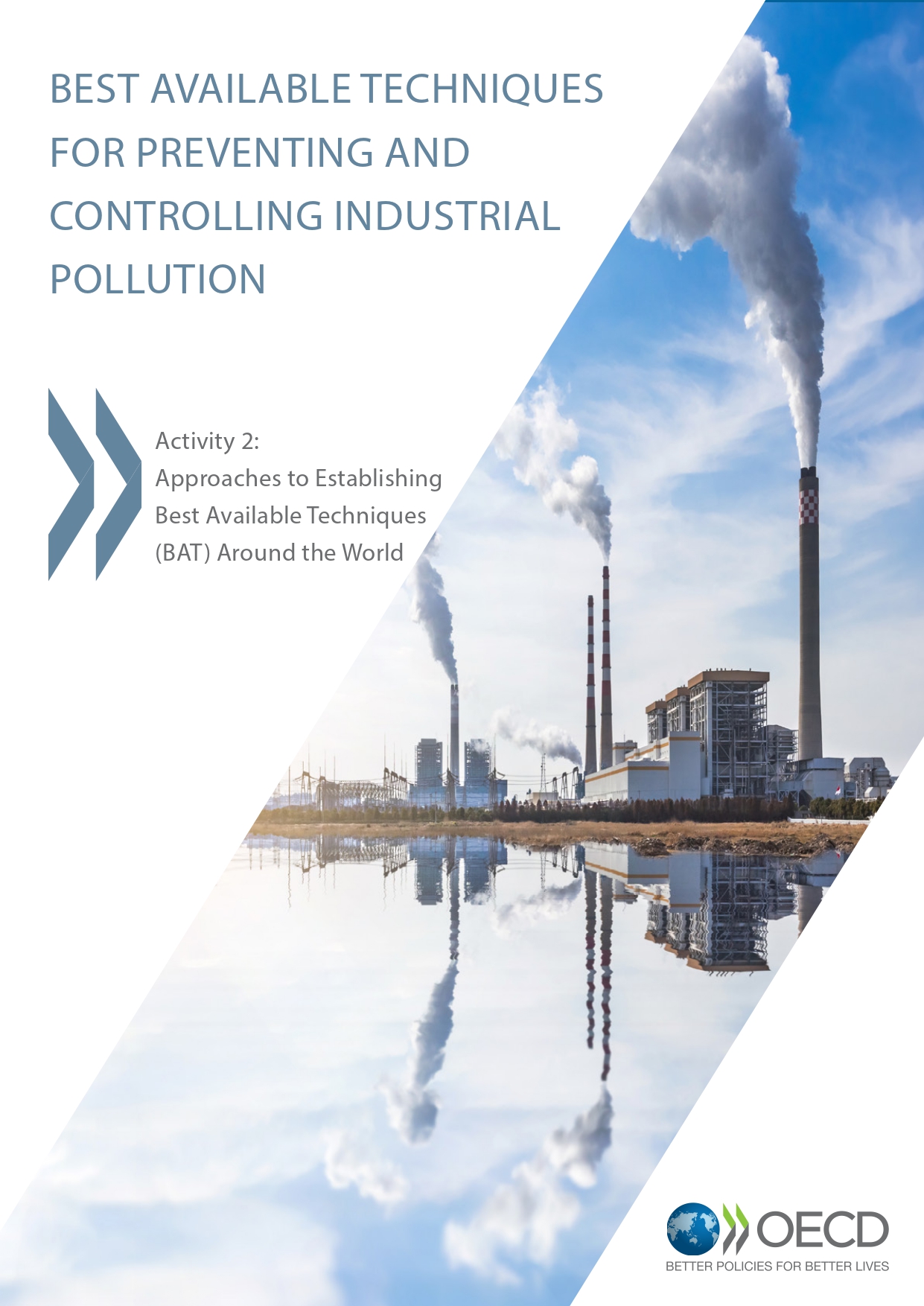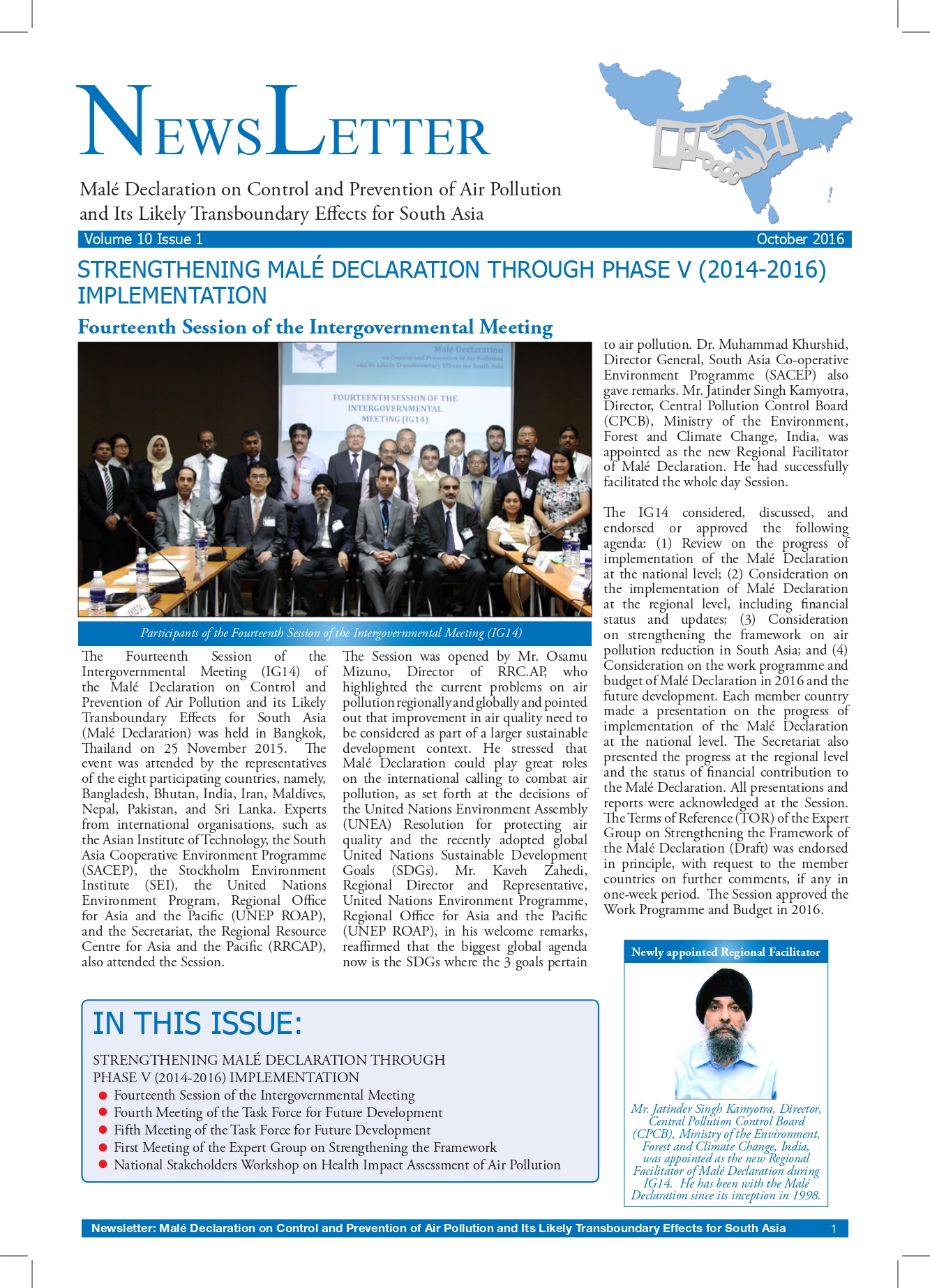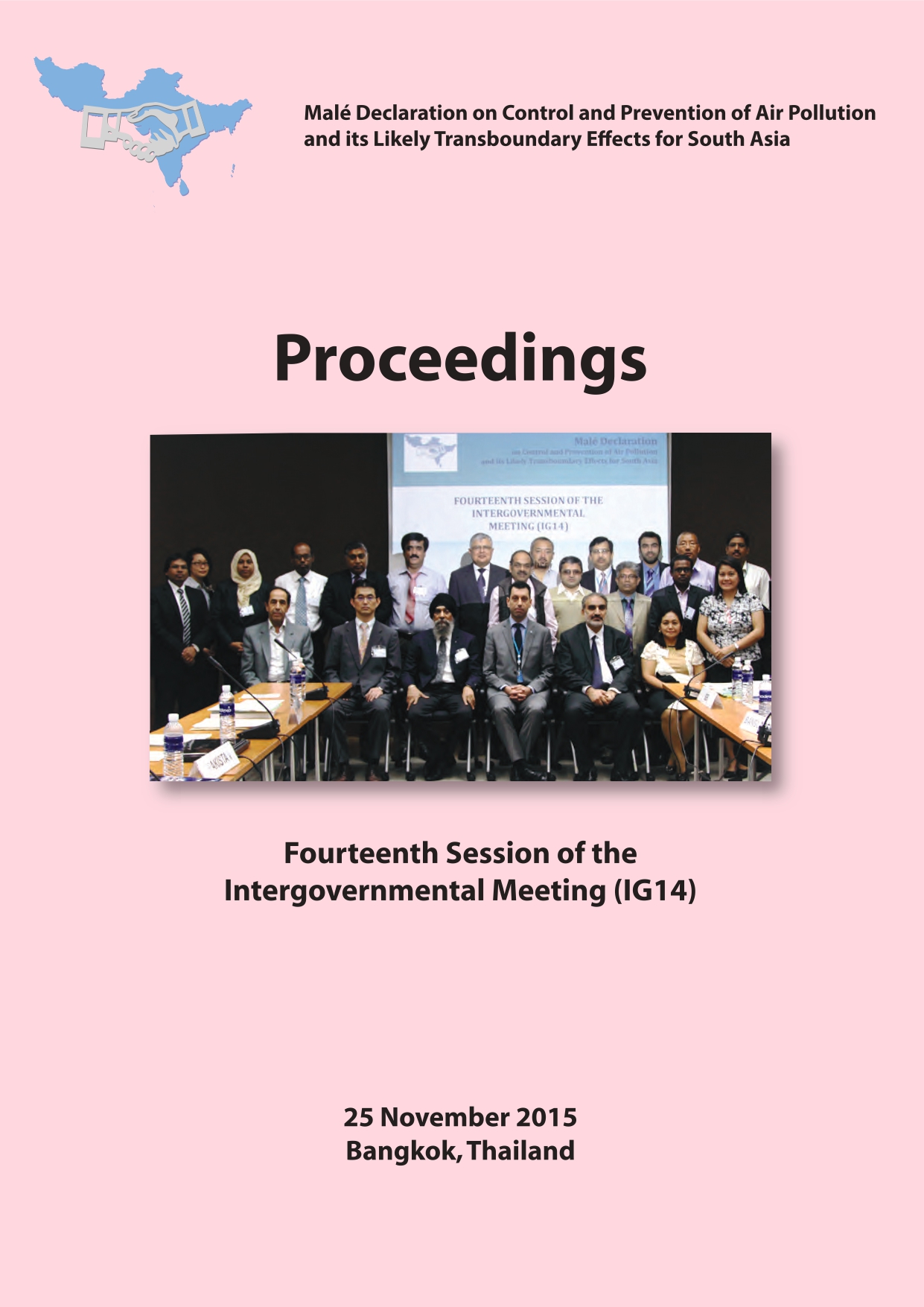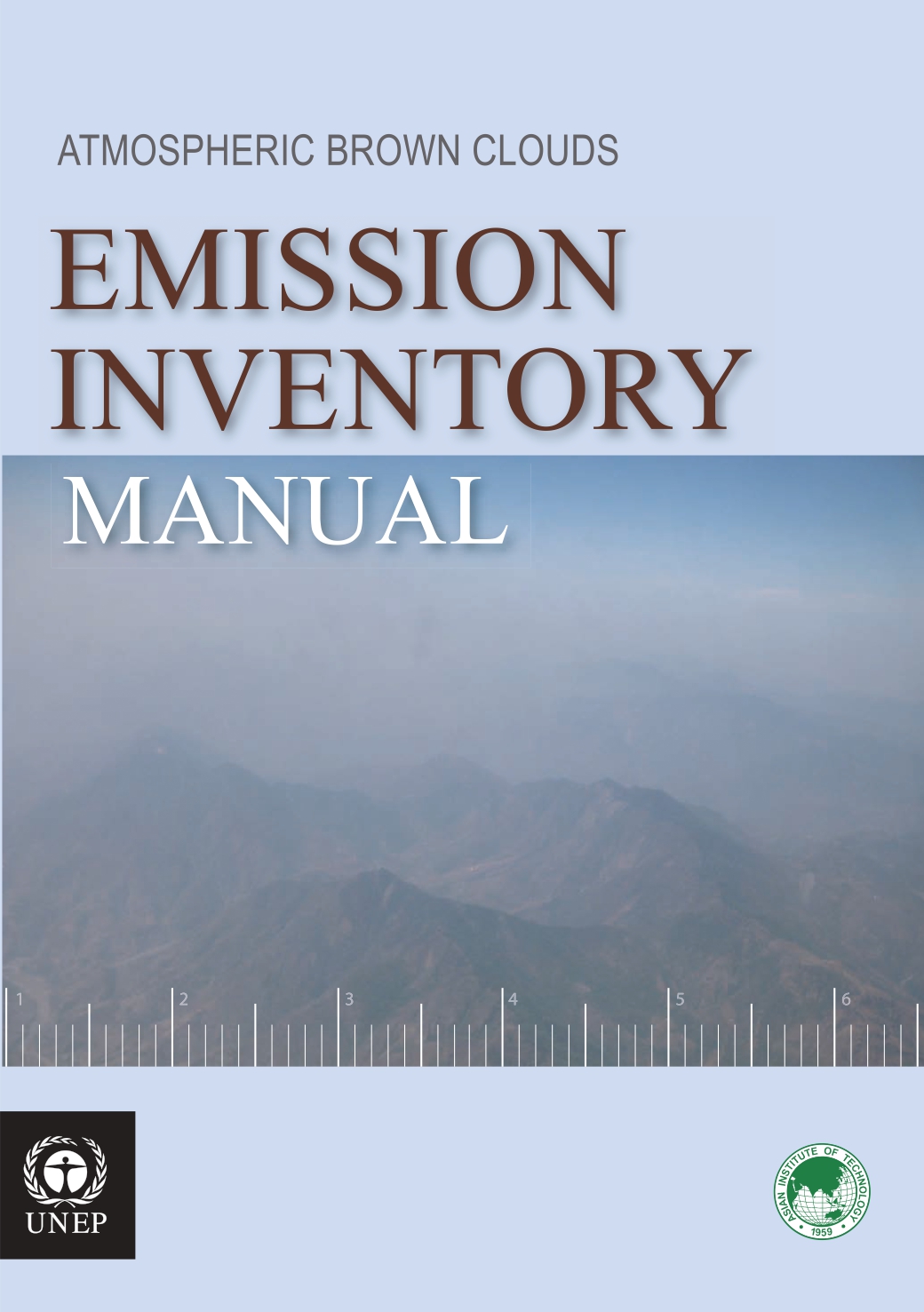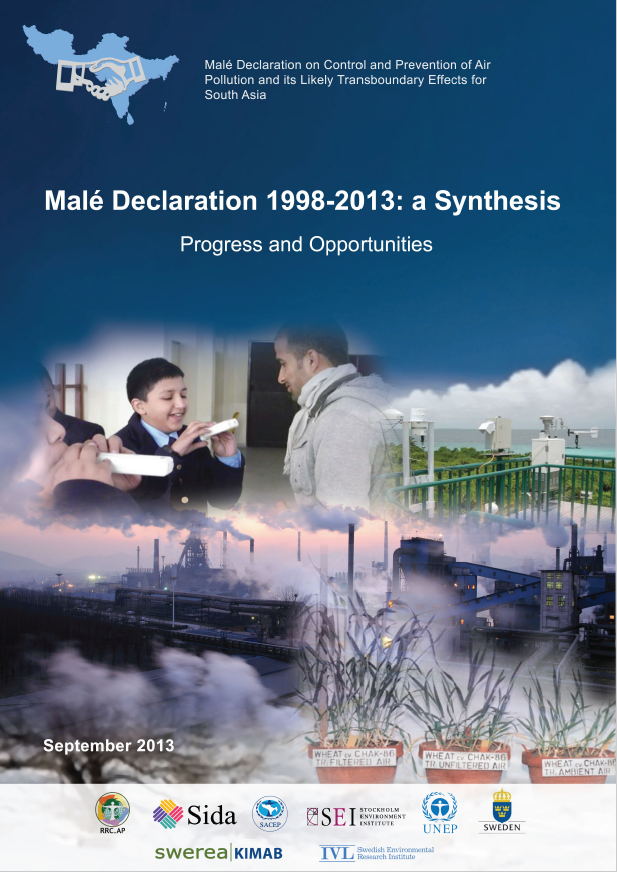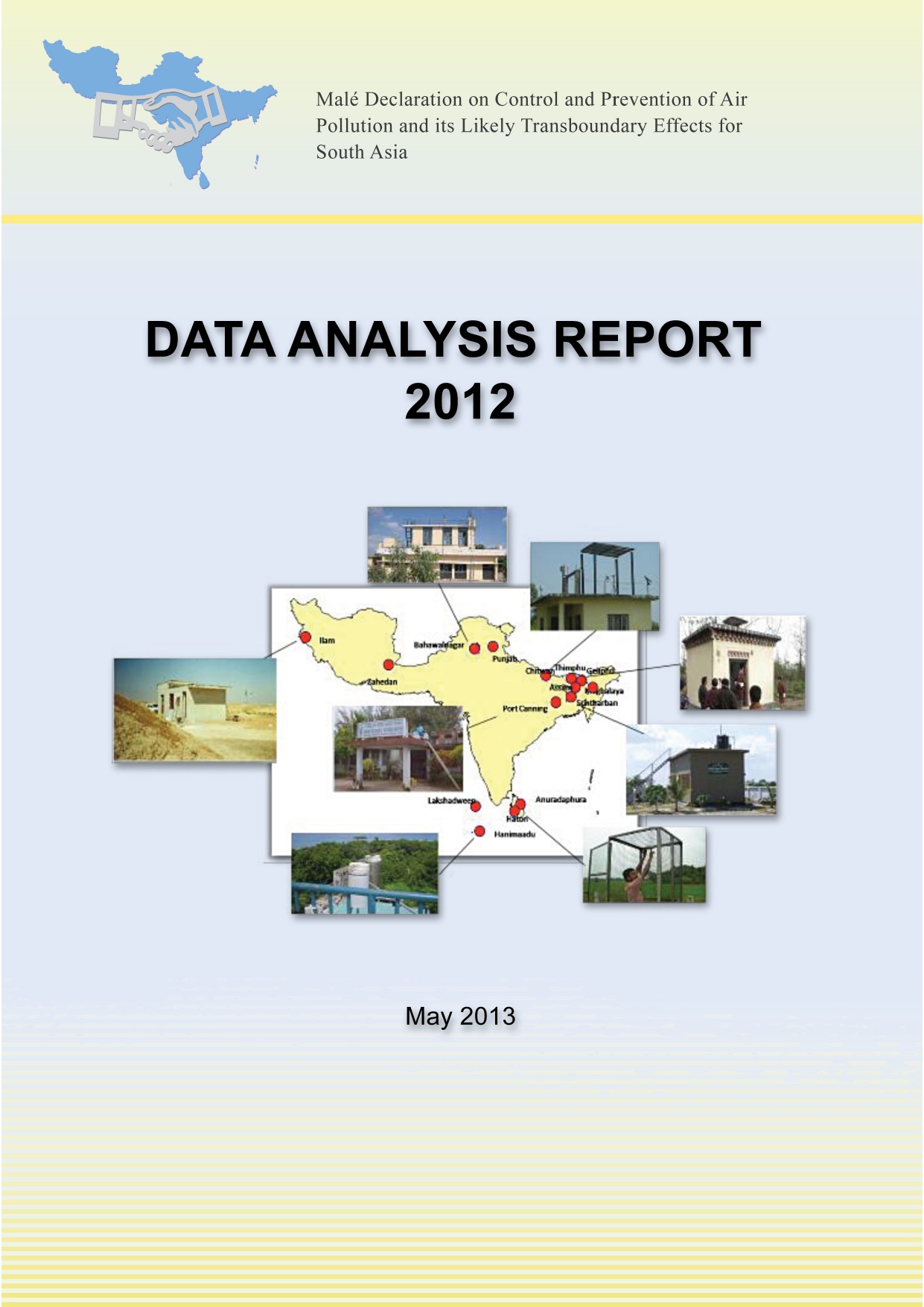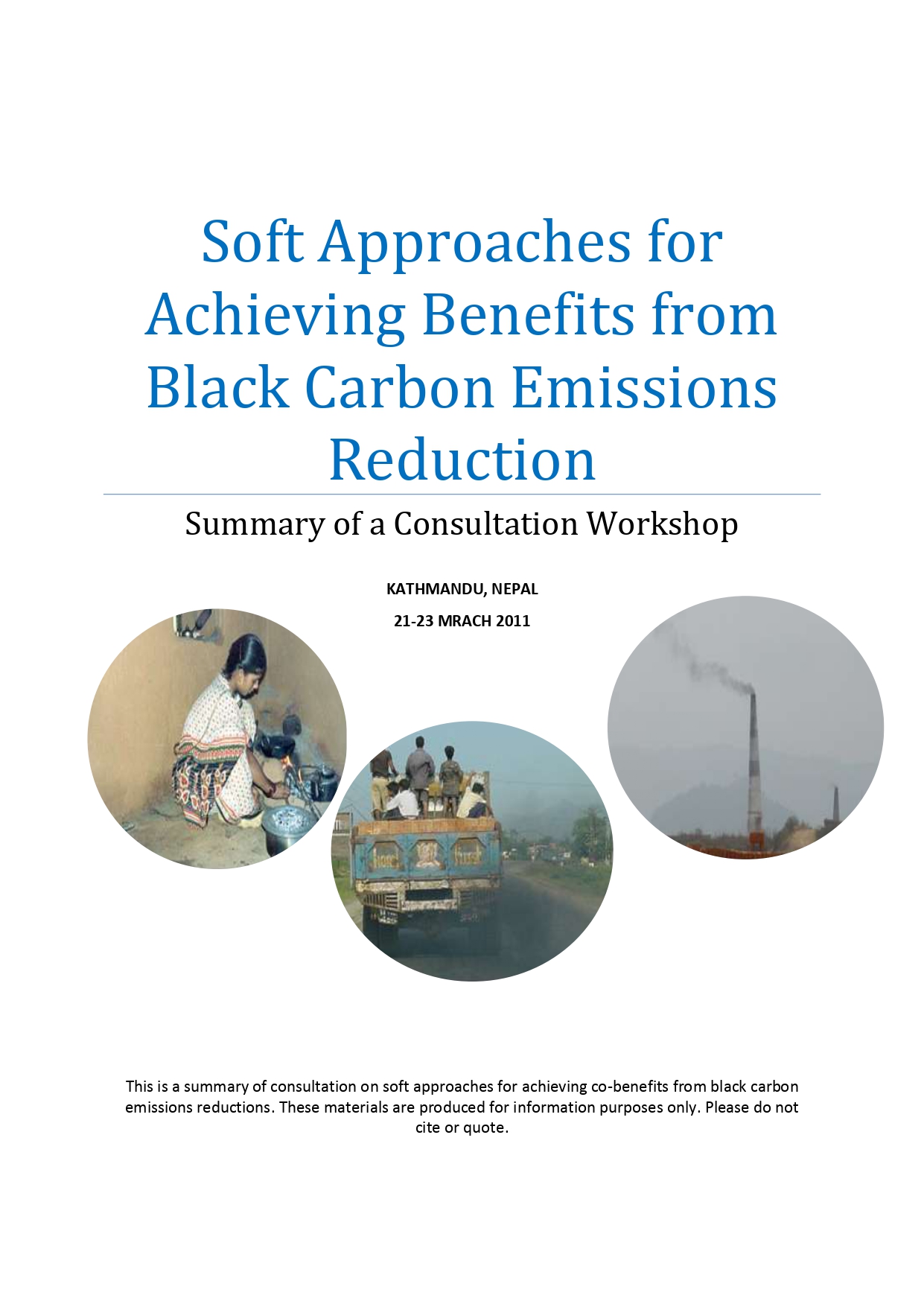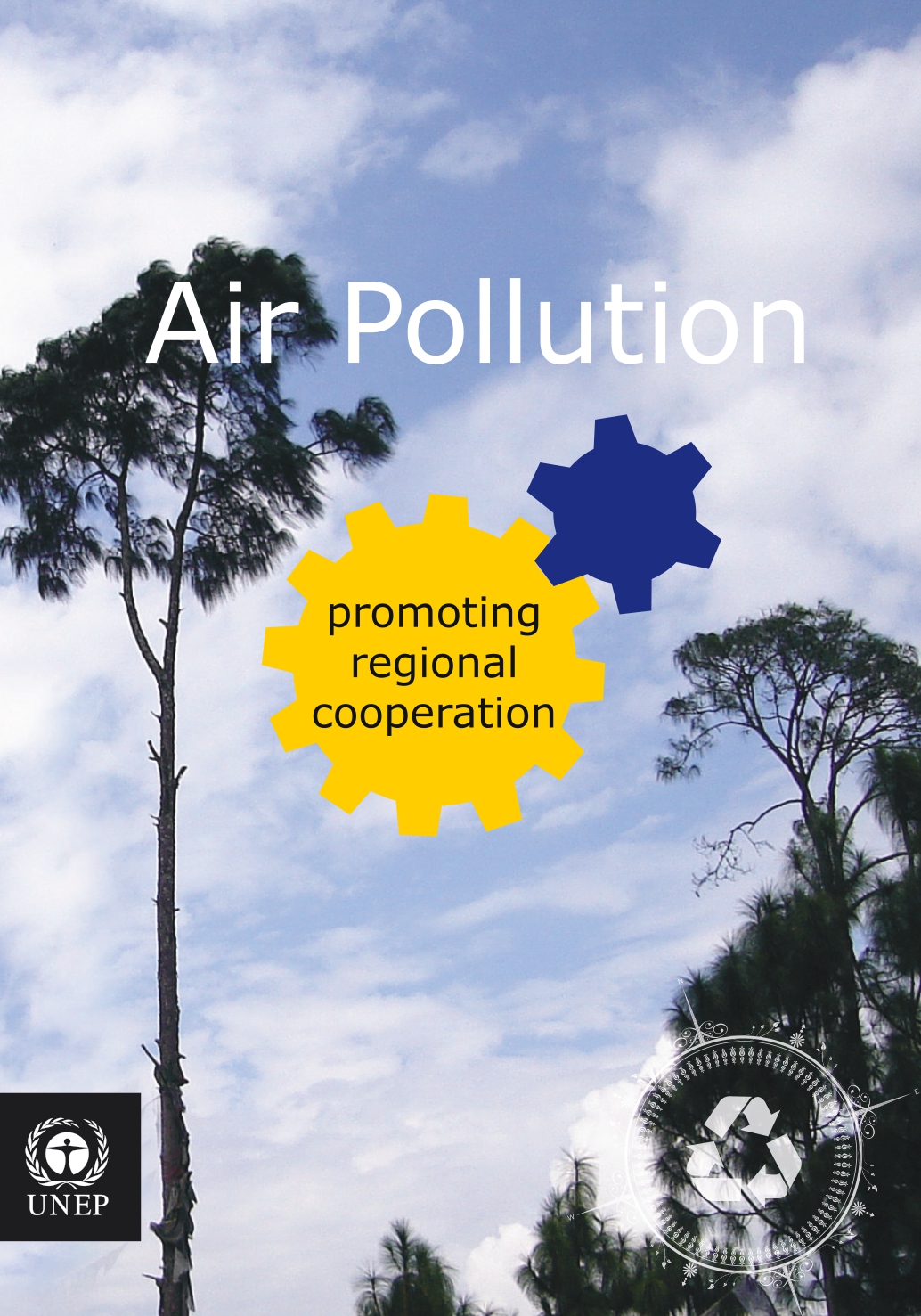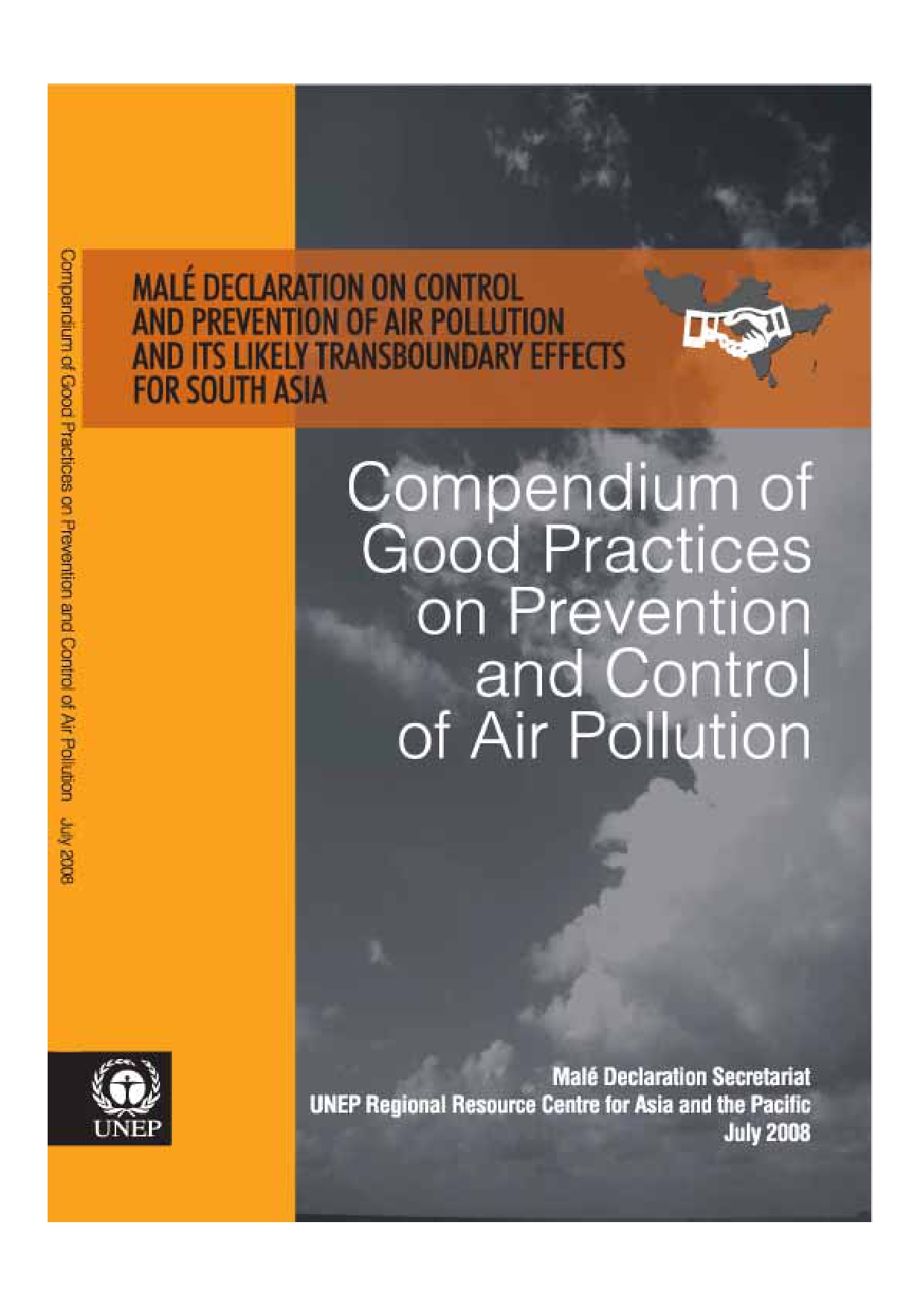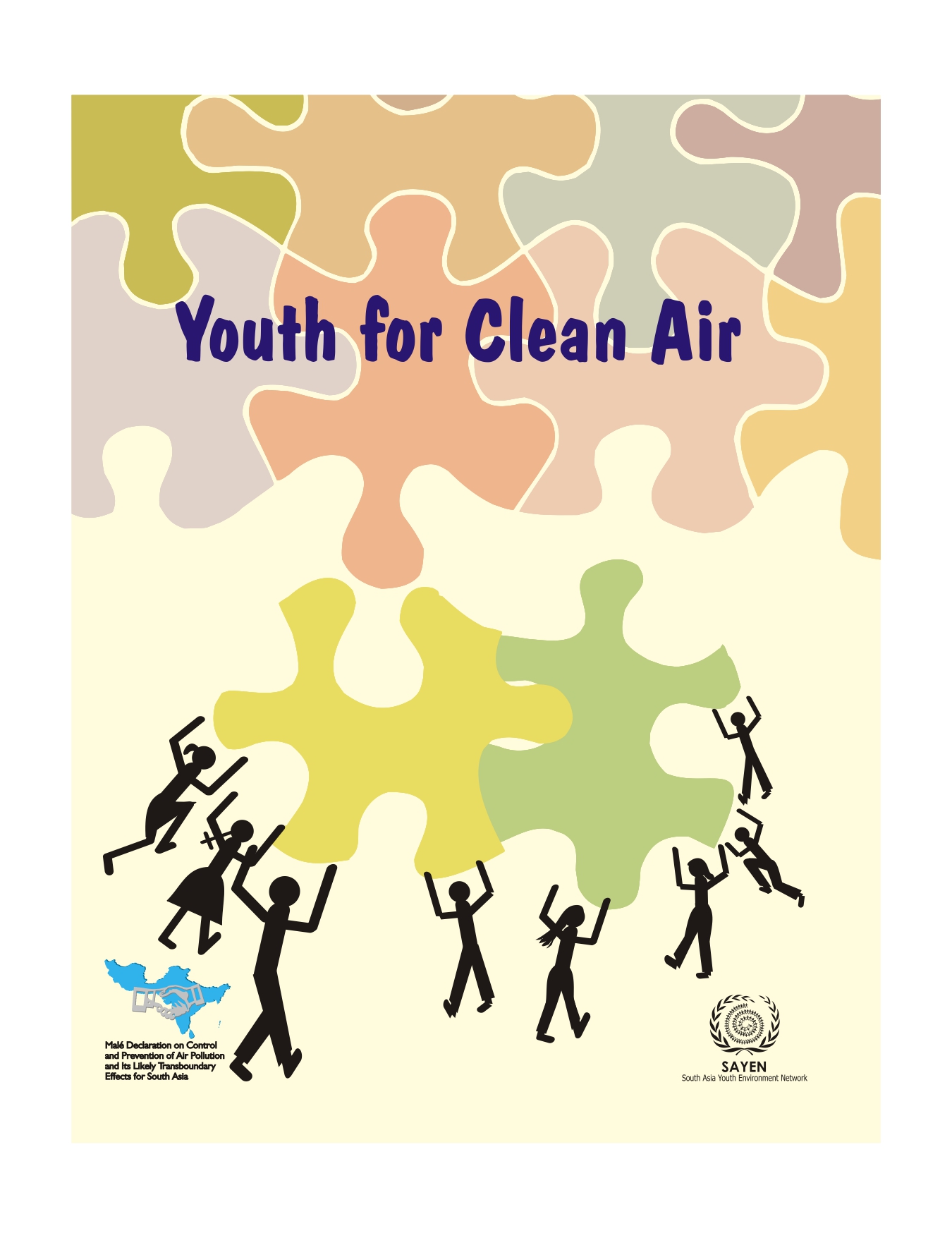AIR POLLUTION CLUSTER BROCHURE
The Air Pollution Cluster (APC) is committed to finding the best solutions to combat air pollution and related environmental problems for a clean and sustainable environment in the Asian region. This initiative aims to foster renewed regional cooperation to effectively address air pollution. It seeks to achieve this by developing science-based policies, enhancing air quality management skills, gaining co-benefits, and breaking through any barriers in keeping the air clean for all generations.
